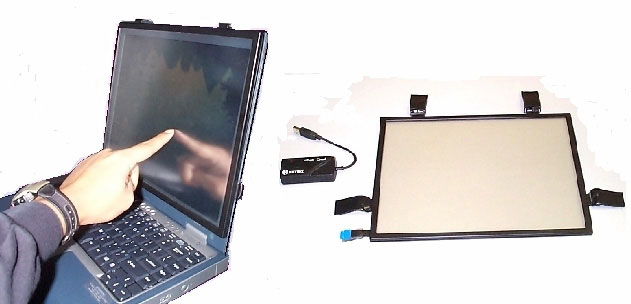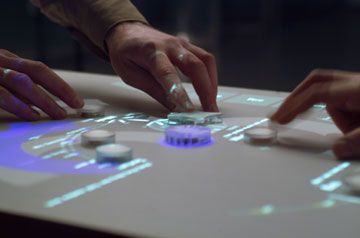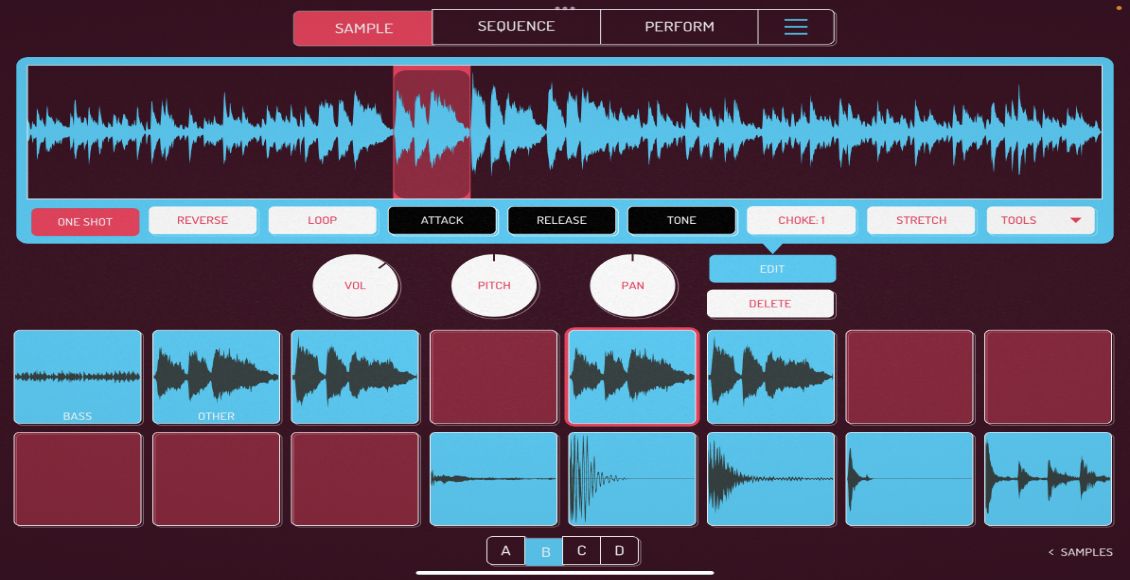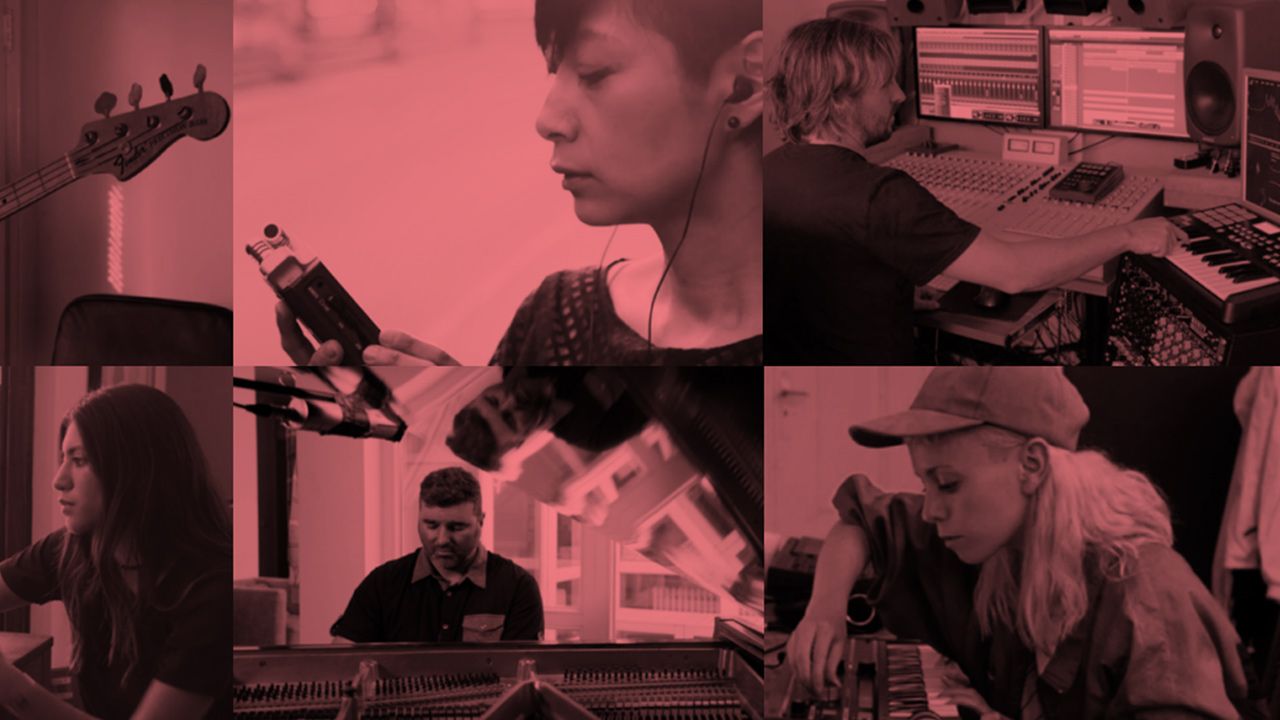There are a lot of very pricey touch screens on the market that are out of reach of most musicians, the Lemur for example will set you back around $3000- enough cash to buy several of the best dj controllers on the market. Fortunately, it is very possible to turn your existing screen into a multi touch monitor for under $50. In this article we will be looking at the different DIY methods that turn common, in-expensive equipment into touch screen interfaces.
The Wii Controller:
First lets talk about the increasingly popular method and cheapest method of turning your display into a touchscreen. This method was invented by Johnny Chung who shows off and talks about how he accomplished this in this video:
This setup has a few problems with it for DJ uses, first of all it requires the Wii remote to be sitting be sitting a fair way back from your screen and Dj booths are not exactly known for their excess areas of space. This also requires the use of a IR emitting pen as was shown in the you tube video, which would not be incredibly fun to constantly pick up and put down ever time you want to use your controller over the screen because of your controllers superior haptic feedback. However it does open up the option of doing live performances that utilize the touchscreen, your audience could watch you perform on your setup if you accompany this with a projector display.
The Duct Tape approach

Another solution to turning your screen into a touch screen may require some brute force, duct tape and a bit more cash but just may be worth the investment. A few companies are creating screen that you can attach directly to your monitor like this one. While being more expensive than the Wii remote and not offering multi touch sensitivity this solution is far more practical for most people. This is because you can use your finger instead of an IR emitting stylus, so no picking up and putting down a pen every time you wish to go from your mixing device to your screen and recalibrating every time the Wii remote gets the tiniest bump.
This company reports the device has a maximum of 10ms latency, so it is hard to say how useful these devices could be for real time interaction with your music. However there are many things that music artists do that do not require real-time interactivity. For example, loading an mp3 up in Traktor does not have to be done in perfect real-time and nor does triggering a clip to play in Ableton, as Ableton will cue the clip to play in in time with the music.
For the Serious DIY-er.
If you are interested in a serious DIY project you might want to take a look at FTIR (frustrated total internal reflection) multi-touch technology. If you shine multiple IR LED’s into an clear acrylic sheet at the correct angle the IR light will be trapped inside of the acrylic sheet bouncing around until such a point where you touch the panel. The act of touching the panel will let the IR light escape as the light will shine onto your finger and be scattered as shown in this diagram below:

Image © FTIR explanation – Jeff Han
This shows up in the camera is a white blob which can easily be tracked by software much like how the Wii remote tracks a UV emitting pen. By lining one side of the Acrylic sheet with tracing paper and using a projector to shine onto the the paper from the rear you will end up with something like out of this video:
For more in depth information on DIY FTIR screens check out these links:
FTIR explanation Part 2 – Jeff Han
What about Haptic Feedback?
There has been a lot of debate here at DJTT and across the Internet about the lack of haptic feedback that a touchscreen offers. Johnn Chung Lee who is best known for being the brains behind using a Wii remote to create a multi touch panel surface created this video demonstrating his “Haptic Pen”.
Another implementation of Haptic feedback in a touchscreen has been achieved by Nokia which claims typing on the touchscreen feels like a real keyboard, with a physical movement in the screen followed by an audible click. You can read more about nokia’s achievement here









